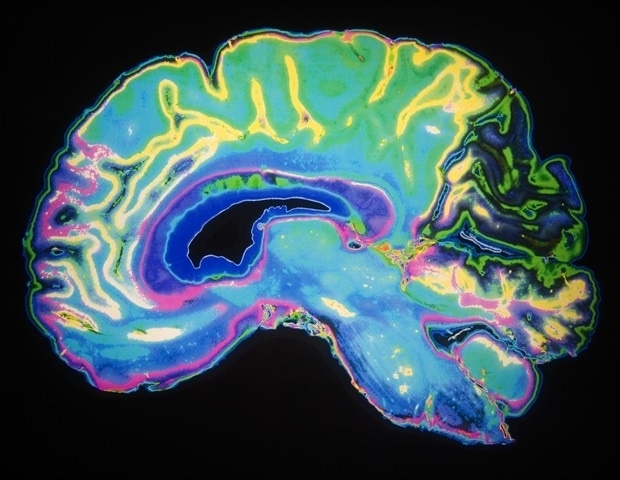A World Health Organization Essential Medicine, ketamine is widely used at varying doses for sedation, pain control, general anesthesia and as a therapy for treatment-resistant depression. While scientists know its target in brain cells and have observed how it affects brain-wide activity, they haven't known entirely how the two are connected. A new study by a research team spanning four Boston-area institutions uses computational modeling of previously unappreciated physiological details to fill that gap and offer new insights into how ketamine works.
"This modeling work has helped decipher likely mechanisms through which ketamine produces altered arousal states as well as its therapeutic benefits for treating depression," co-senior author Emery N. Brown, Edward Hood Taplin Professor of Computational Neuroscience and Medical Engineering at The Picower Institute for Learning and Memory at MIT, as well as an anesthesiologist at MGH and a Professor at Harvard Medical School. The researchers from MIT, Boston University, Massachusetts General Hospital and Harvard University said the predictions of their model, published May 20 in Proceedings of the National Academy of Sciences , could help physicians make better use of the drug.

"When physicians understand what's mechanistically happening when they administer a drug, they can possibly leverage that mechanism and manipulate it," said study lead author Elie Adam, a Research Scientist at MIT who will soon join the Harvard Medical Sc.























